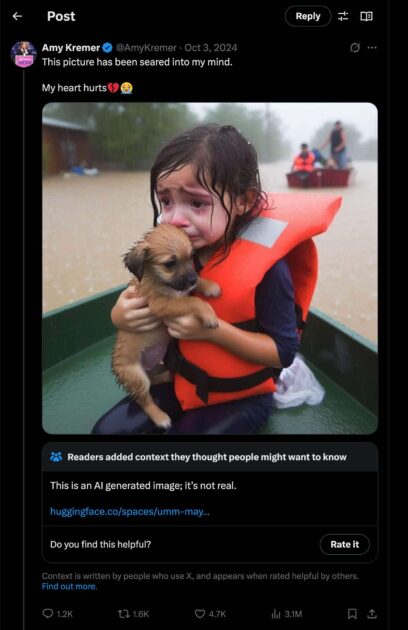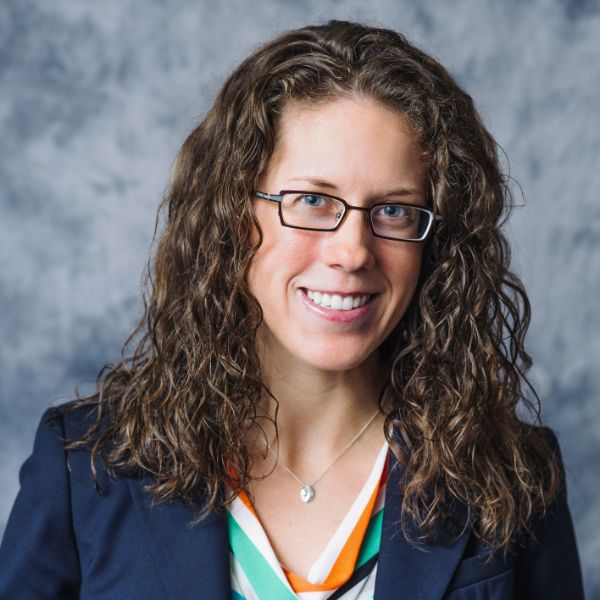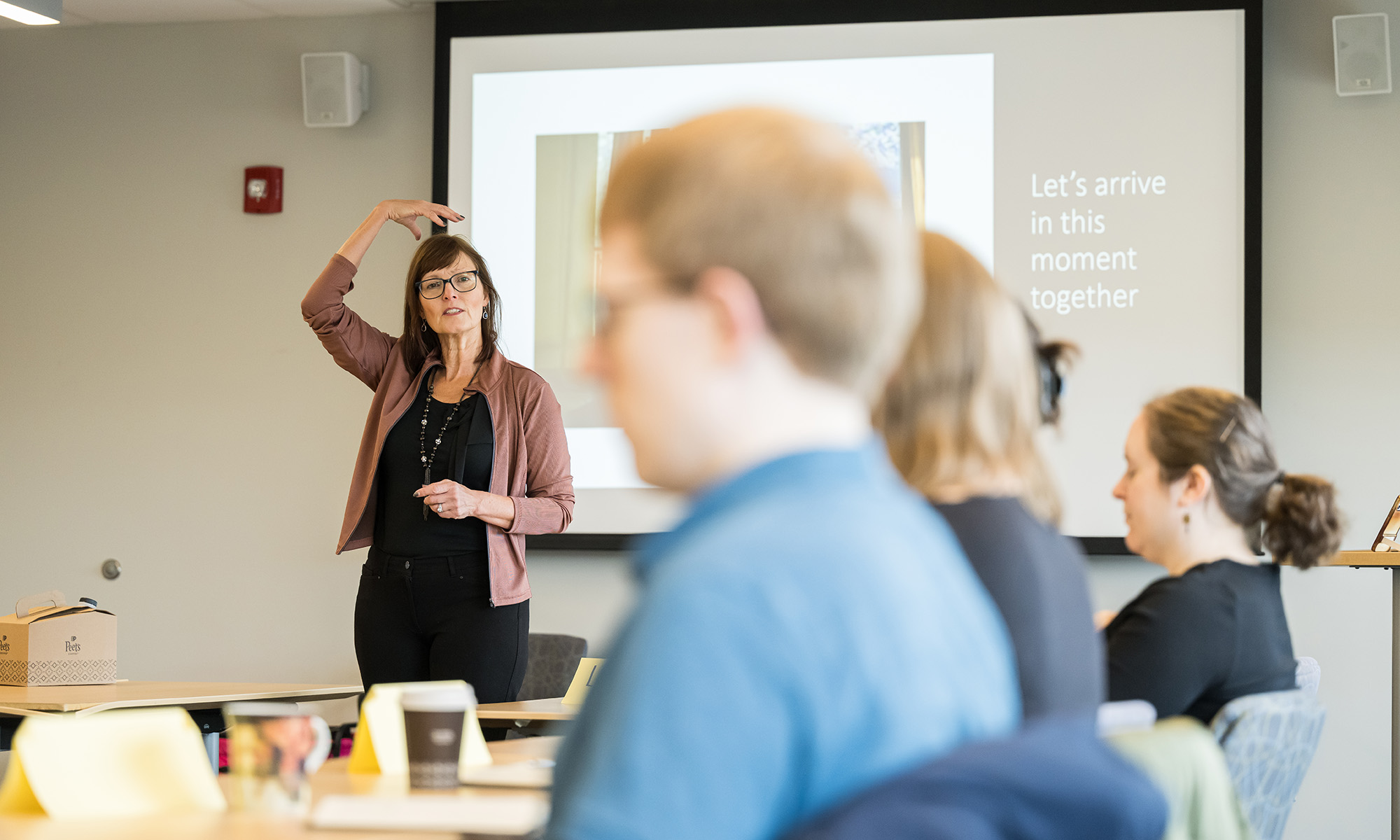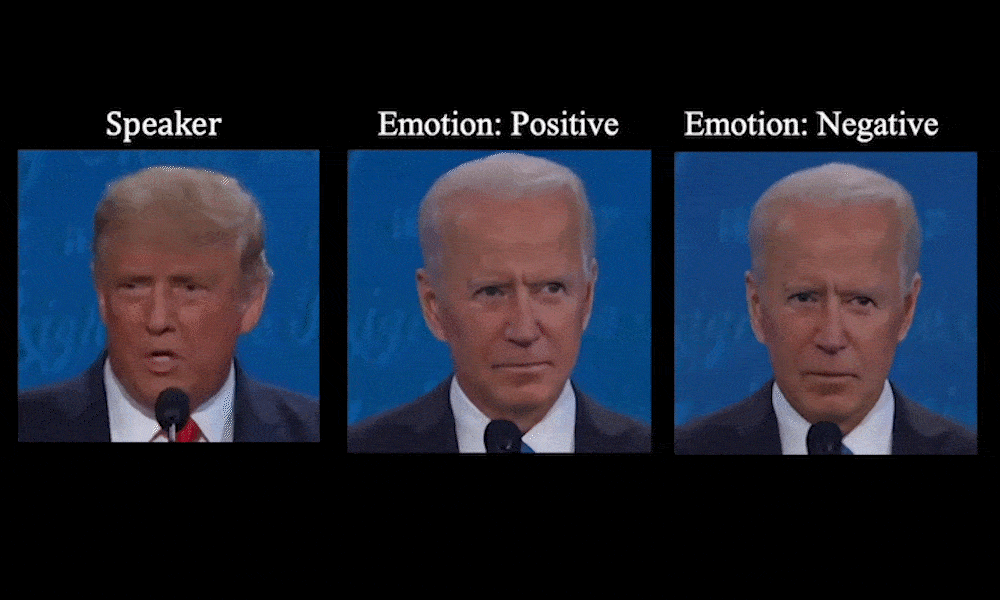How educators can help students navigate misinformation
When misinformation often travels faster than facts, teaching young people to discern credible sources has never been more urgent.
Educators are uniquely positioned to equip students to think critically about the information they consume—and share. Drawing on insights from developmental psychology, media literacy, and classroom practice, Kevin Meuwissen explores how children and teenagers evaluate evidence, assign trust, and form judgments about the truth of what they see and hear.
“Young people pay close attention to who’s been consistently accurate,” says Meuwissen, an associate professor and the chair of teaching and curriculum at the University of Rochester’s Warner School of Education and Human Development whose research and teaching focus on how young people learn about politics and history. “They’re more likely to trust someone over time if their information holds up.”
SIFT to get to the truth

But accuracy alone isn’t enough. Meuwissen often refers teachers and students to the SIFT method, an acronym which stands for:
- Stop—before reading or sharing something online, take a beat.
- Investigate the source.
- Find better coverage.
- Trace claims to their origin.
The SIFT framework can function as a practical tool, especially for evaluating online and social media content. According to Meuwissen, educators can play a key role by establishing classroom cultures where respectful inquiry and fact-checking are not only normalized, but also expected.
In addition, he unpacks how emotional appeal, AI-generated imagery and deepfake technology, and repeated exposure can distort public understanding—a phenomenon known as the illusory truth effect. He shares an example involving a fake image from Hurricane Helene that drives home the point that misinformation can feel true even when it isn’t.
In 2021, Meuwissen and his fellow researchers published a study highlighting approaches teachers can use when encountering resistance from their students to a topic, such as climate science. The study authors found that focusing primarily on the depth and conclusiveness of scientific evidence may not be effective. Instead, they urge a broader shift in addressing students’ identities—including their political and cultural realities—alongside scientific investigations of climate science and its local impacts.
In short, building trust can equip students with the ability to better spot falsehoods. More generally, Meuwissen argues, by modeling thoughtful verification and fostering classroom norms grounded in accuracy and trust, educators can help the next generation become more discerning digital citizens—ready to meet the challenges of an increasingly complex information landscape.




